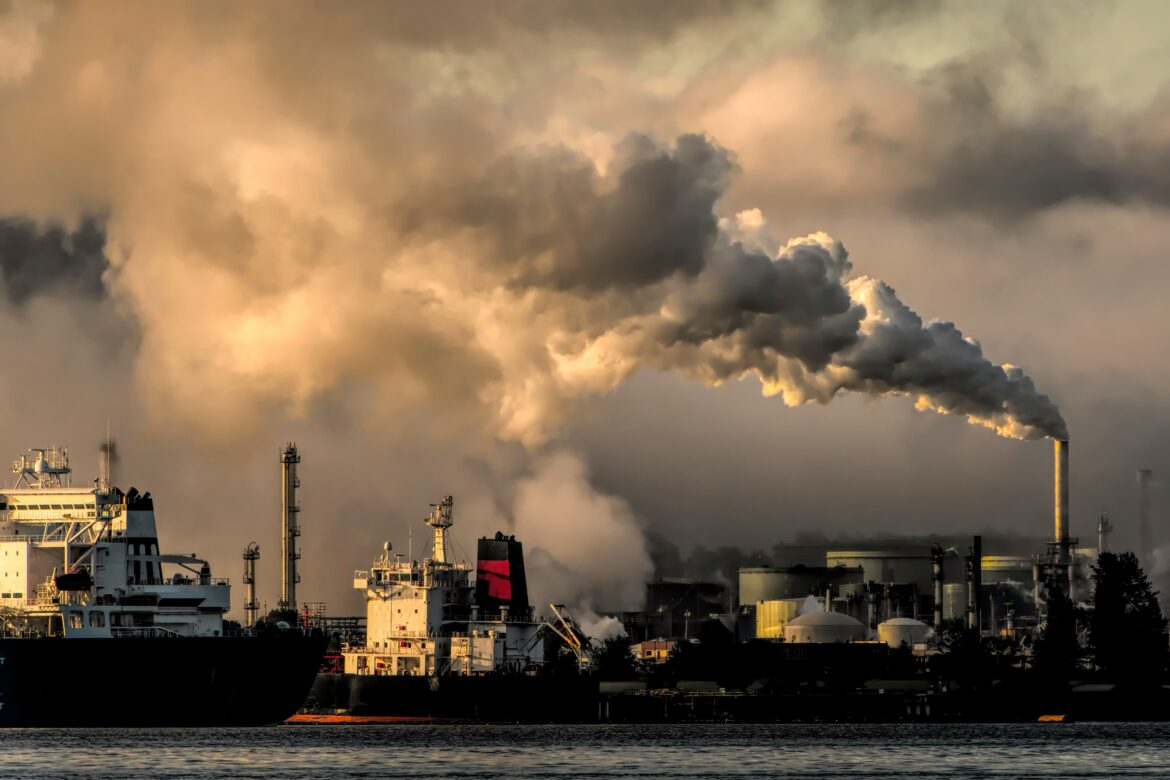New analysis from the Carbon Majors project, a database of fossil fuel production data, has revealed that in the years following the Paris Agreement, 80 per cent of global greenhouse gas emissions can be directly traced back to just 57 corporate and state producing entities.
The database presents historical production data from 122 of the world’s largest oil, gas, coal, and cement producers from 1854 through to 2022.
The numbers are revealing, underscoring industrial producers as the world’s biggest polluters. Indeed, the 122 entities have been linked to 72 per cent of global fossil fuel and cement CO2 since 1751.
The database, which divides these polluters into three categories: investor-owned companies, state-owned companies and nation-states, found that over 70 per cent of these global emissions are historically attributed to just 78 corporate or state entities.
Of the investor-owned companies that accounted for 31 per cent of all emissions tracked by the database, Chevron, ExxonMobil, and BP were the three largest contributors, respectively.
While state-owned companies were linked to 33 per cent of the database total, with Saudi Aramco (4.8 per cent), Gazprom (3.3 per cent), and the National Iranian Oil Company (3 per cent) the largest contributors.
Topping the list of the biggest nation-state contributors, accounting for the remaining 36 per cent, were China’s coal and cement production (14 per cent) and the Former Soviet Union (6 per cent).
Further to this, the database shows that most state- and investor-owned companies have actually expanded their production operations since the Paris Agreement, where 196 Parties at COP21 pledged to reduce greenhouse gas emissions.
Indeed, 65 per cent of state entities and 55 per cent of investor-owned companies scaled up production in these seven years.
During this period of expansion, nation-state producers were responsible for 38 per cent of emissions in the database, while state-owned entities accounted for 37 per cent and investor-owned companies for 25 per cent.
However, while 58 out of 100 companies were linked to higher emissions in the seven years after the Paris Agreement, this was most pronounced in Asia, where 87 per cent of companies saw higher emissions in the years 2016–2022 than in 2009–2015. Meanwhile, in the Middle East, 70 per cent of companies connected to higher emissions in this timeframe.
This trend of emissions increases was also seen in Europe (57 per cent of companies), South America (60 per cent), Australia (75 per cent) and Africa (50 per cent). North America was found to be the sole region where a minority of companies (43 per cent) were linked to rising emissions.
It is worth bearing in mind that the United States remains by far the world’s biggest oil and gas producer, and the report notes that this decrease in North America has primarily been driven by the reduction in production from North American coal companies.
However, more broadly, global coal consumption actually increased by almost 8 per cent from 2015 to 2022, reaching an all-time-high of 8.3 billion tonnes. During this time, CO2 emissions linked to state-owned companies’ and nation-states’ coal production increased by 29 per cent and 19 per cent, respectively.
Commenting on the data, Tzeporah Berman, International Program Director at Stand.earth and Chair at Fossil Fuel Non-Proliferation Treaty, said the research shows us “exactly who is responsible for the lethal heat, extreme weather, and air pollution that is threatening lives and wreaking havoc on our oceans and forests.”
Indeed, climate records continue to be toppled, with record-breaking temperatures for both surface and ocean heat. Alongside this, the highest-ever global CO2 emissions from fossil fuels were recorded in 2023.
“These companies have made billions of dollars in profits while denying the problem and delaying and obstructing climate policy. They are spending millions on advertising campaigns about being part of a sustainable solution, all the while continuing to invest in more fossil fuel extraction.”
Berman also called for a new international cooperation through a Fossil Fuel Treaty to end the expansion of fossil fuels and ensure a “truly just transition.”
The database was originally launched by Richard Heede of the Climate Accountability Institute (CAI) in 2013, and since then, has been cited in a number of climate lawsuits and was the basis of the Guardian’s 2019 series, The Polluters.
InfluenceMap, in collaboration with the Climate Accountability Institute, has since updated and released the database on a new website: carbonmajors.org.
Carroll Muffet, President and CEO of the Center for International Environmental Law (CIEL), noted that by updating and extending Richard Heede’s landmark Carbon Majors research, which “transformed” the landscape of climate accountability, InfluenceMap has made it more widely accessible and usable for researchers, decision-makers, and litigators alike.
“The Carbon Majors database makes it dramatically easier to document, calculate, and visually demonstrate the growing chasm between the urgent demands of climate reality and the continued reckless and intentional growth of oil and gas production,” said Muffet.
Adding: “Critically, it enables us to track changes in corporate behavior and production across discrete and clearly defined timescales that will be relevant to investors, investigators, and litigators alike. It is a vital and powerful new tool in the work toward climate action and climate accountability.”
By Madaline Dunn, Lead Journalist, ESG Mena



